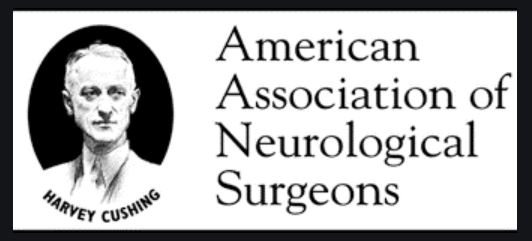The spinal column is the body's main support structure. Its thirty-three bones, called vertebrae, are divided into five regions: cervical, thoracic, lumbar, sacral and coccygeal.
Neck pain is a common problem that severely impacts the quality of your life. It can limit your ability to be active. It can cause you to miss work. Many different causes may lead to pain in your neck.
Lower back pain is a common problem that severely impacts the quality of your life. It can limit your ability to be active. It can cause you to miss work. Many different causes may lead to pain in your lower back.
This is a problem you can develop after spinal fusion. It happens when the vertebrae above and below the fusion become weak and damaged. We say they "degenerate." And as they degenerate, more vertebrae are at risk for harm.
This condition is an irritation or compression of one or more nerve roots in the cervical spine. Because these nerves travel to the shoulders, arms and hands, an injury in the cervical spine can cause symptoms in these areas. Cervical radiculopathy may result from a variety of problems with the bones and tissues of the cervical spinal column.
This condition is an inflammation of the tip of the tailbone, called the coccyx. It causes pain and tenderness between the buttocks.
This is a collapse of vertebral bone. It can affect one or more vertebrae. Compression fractures typically develop in your mid or lower back. This can change the shape of your spine.
This condition is a weakening of one or more vertebral discs, which normally act as a cushion between the vertebrae. This condition can develop as a natural part of the aging process, but it may also result from injury to the back.
Between the vertebrae of your spine are soft discs. They let your spine twist and bend. They absorb shocks. But if damaged, the disc's soft center can push through the disc wall. That's a herniated disc. This bulge presses against nerves in your spine.
This condition is a rupture of one of the vertebral discs in your neck. A herniated disc can allow disc material to press harmfully against the spinal nerves.
This condition is an irritation or compression of one or more nerve roots in the lumbar spine. Because these nerves travel to the hips, buttocks, legs and feet, an injury in the lumbar spine can cause symptoms in these areas. Sciatica may result from a variety of problems with the bones and tissues of the lumbar spinal column.
Your spinal nerves travel through your spinal canal and exit through openings we call "foramen." If any of these spaces are too narrow, your nerves become compressed. We say you have "spinal stenosis." It's a problem that most often happens in the neck and lower back.
This condition occurs when a lumbar vertebra slips out of place. It slides forward, distorting the shape of your spine. This may compress the nerves in the spinal canal. The nerves that exit the foramen (open spaces on the sides of your vertebrae) may also be compressed. These compressed nerves can cause pain and other problems.
This is a crack that forms in a narrow bridge of bone at the back of a vertebra. A vertebra is one of the bones that forms your spine. Often, this injury happens in the lumbar spine. It can happen to people of all ages. But, we most often see it in children and teens. That's because their bones are still growing.
This condition is a degeneration of the spine that can affect the spine at any level, resulting in pain and discomfort that can grow worse over time.






